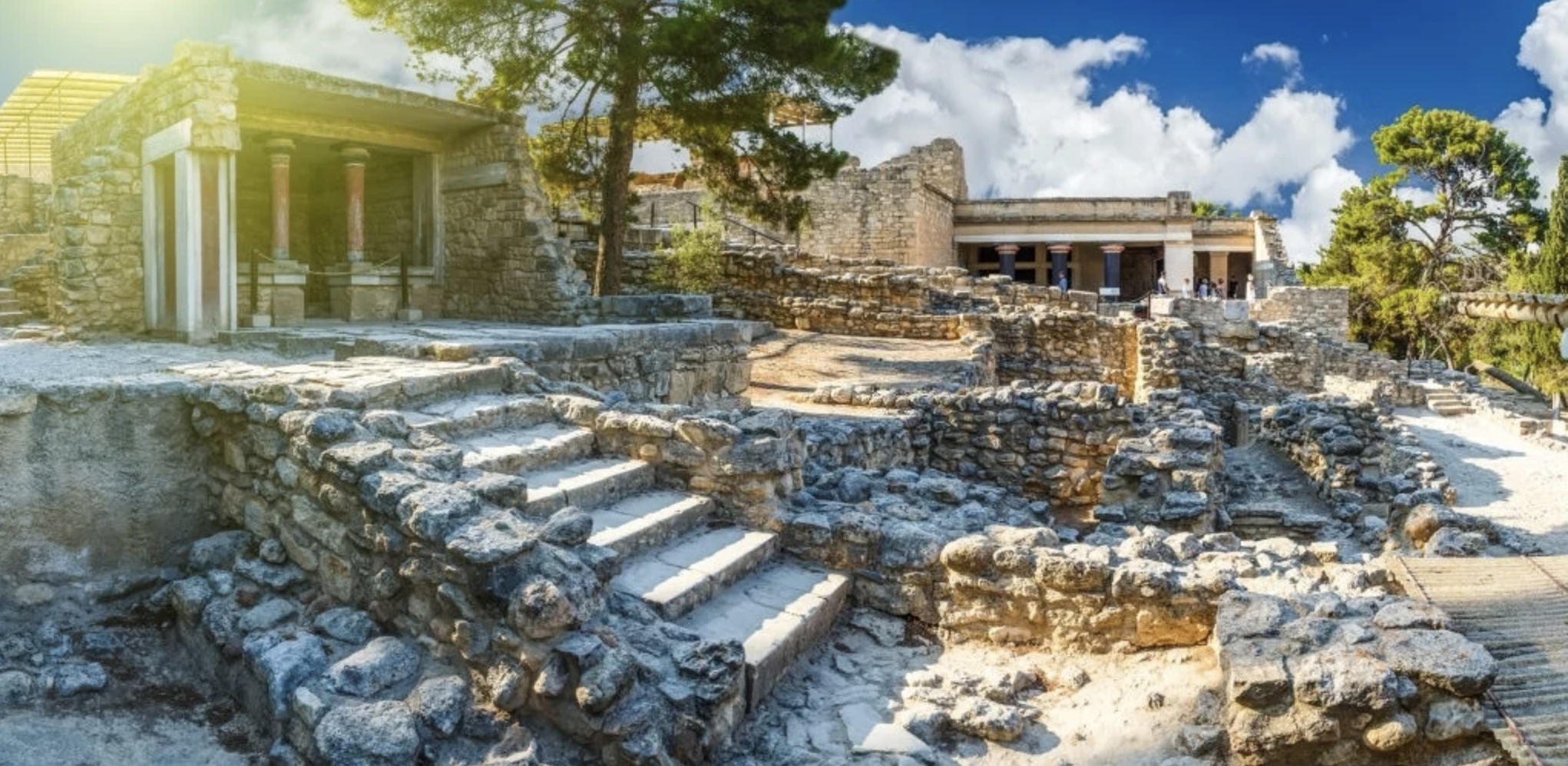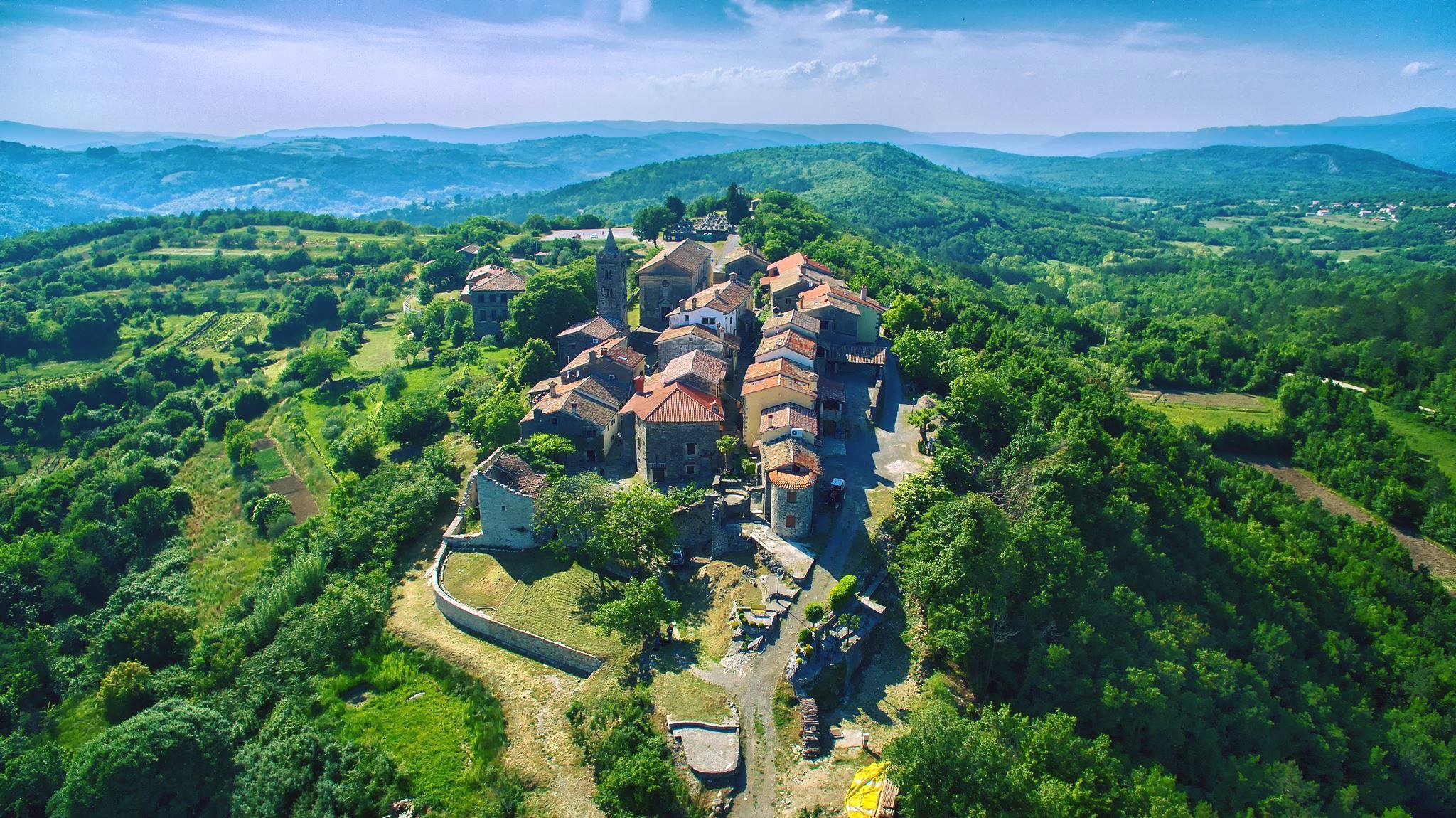Unraveling the Paradoxical Nature of Europe’s Intriguing Political Entity
The Holy Roman Empire, a dominant political force in Central Europe from the Middle Ages to the early modern period, continues to fascinate historians and enthusiasts alike. Despite its formidable historical presence, this entity is shrouded in misconceptions, particularly when it comes to its very name. In this article, we will explore the reasons behind the paradoxical nature of the Holy Roman Empire, which, as French philosopher Voltaire famously noted, was neither holy, nor Roman, nor an empire.
The Unholiness of the Holy Roman Empire
While the title “Holy Roman Empire” might suggest a strong connection to the Christian faith, the religious aspect of the empire was not always at the forefront. The designation “holy” was only added in the 12th century, long after the empire’s establishment. Though Christianity played a significant role in the lives of its citizens and rulers, the empire was far from a purely religious entity. Furthermore, the actions of some emperors, such as Henry IV’s conflict with Pope Gregory VII, revealed a contentious relationship between the empire and the papacy. This rivalry often led to power struggles and wars that contradicted the empire’s perceived religious nature.
The Roman Connection, or Lack Thereof
The Holy Roman Empire’s connection to ancient Rome was tenuous at best. Founded by Charlemagne, who was crowned emperor by Pope Leo III in 800 AD, the empire sought to revive the glory of the ancient Roman Empire. However, the Holy Roman Empire had little in common with its ancient counterpart. Geographically, the empire was primarily composed of German-speaking territories and its borders shifted constantly throughout its existence. Additionally, the empire’s political structure, which relied on a complex web of alliances, principalities, and ecclesiastical states, differed significantly from the centralized authority of ancient Rome.
The Empire That Wasn’t an Empire
Finally, referring to the Holy Roman Empire as an “empire” is misleading. Unlike conventional empires, it lacked a centralized government and a single, unified territory. The empire was a patchwork of diverse political entities, each governed by various rulers with varying degrees of autonomy. The Holy Roman Emperor held limited power, as the empire’s political landscape was marked by constant negotiations and compromises between its numerous constituents. This decentralization resulted in a fragile political entity that struggled to maintain cohesion and unity.
In other words
The Holy Roman Empire, despite its grandiose name, was a far more complex and nuanced political entity than it might appear. The misnomer “Holy Roman Empire” belies its true nature, which was marked by religious conflict, a tenuous connection to ancient Rome, and a decentralized political structure. By debunking the myth of the empire’s holiness, Roman origin, and imperial status, we gain a clearer understanding of this enigmatic historical powerhouse and its lasting influence on European history.
📚📖 Make sure to join Ancient Library on Telegram, and become part of a unique group 👉🏻 https://t.me/theancientlibrary
If you want to help us out and support the page, you can buy us a coffee ( we really appreciate it) 👉🏻 https://www.buymeacoffee.com/ancientlibrary
I am the Librarian, and I, together with the guardians of the Ancient Library, curate content for this site. Welcome, and enjoy your stay.





